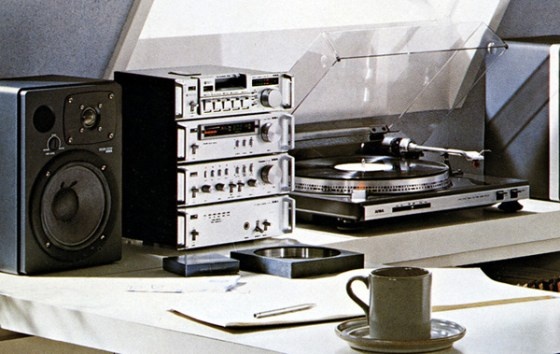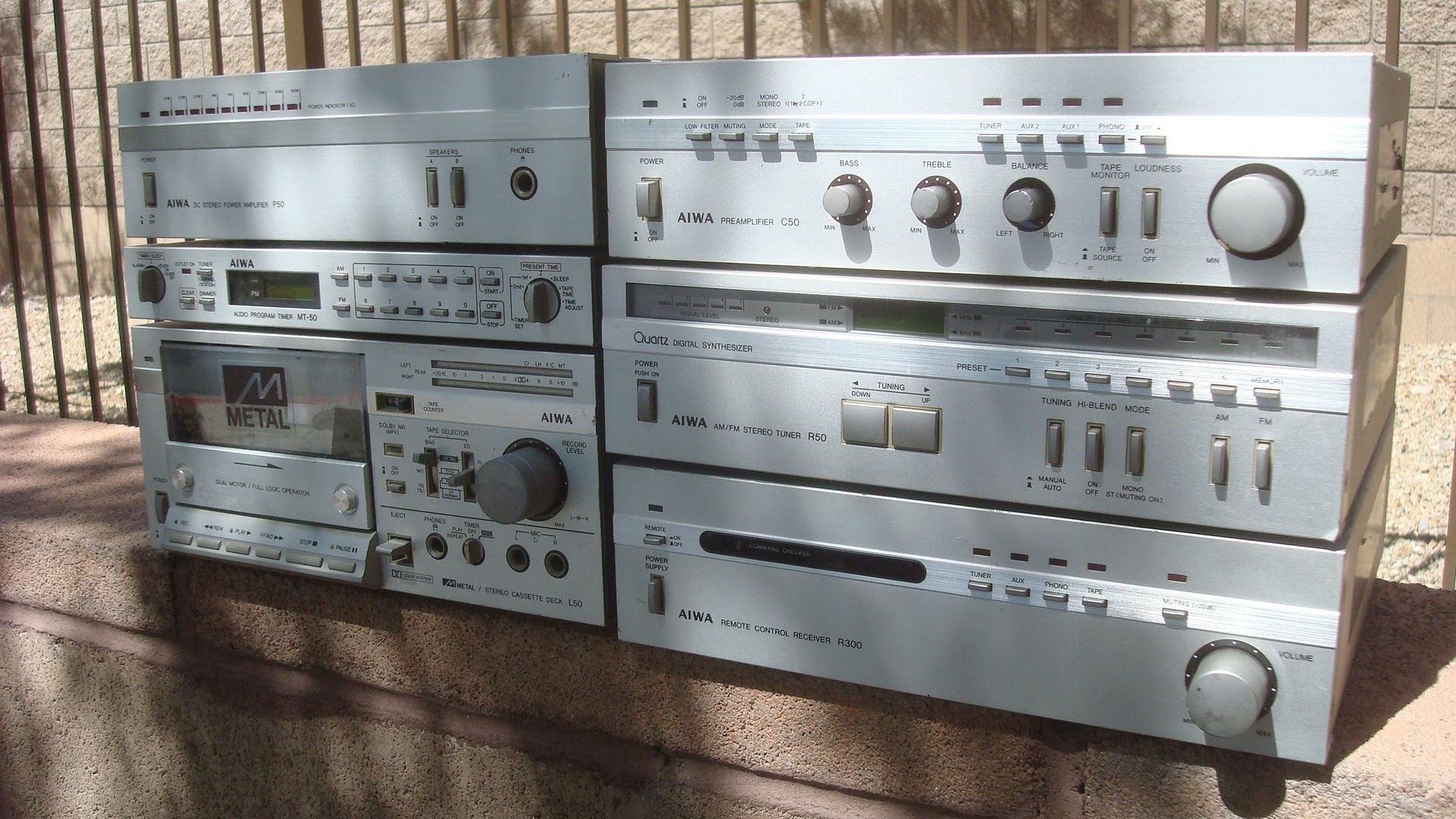...
This paper tells a story about the desire for both automotive and consumer electronics to find improved way to interact and provide the compelling experience to buyers of cars and "things" that will motivate them to invest their money in new models that work together better. Gone are the days of expecting customers to buy every component of a system as all one brand as many did when buying a stereo system for their home in the 70s.
A matched set of your phone, tablet, PC, car, home lighting, thermostat, and security system is highly unlikely. Consumers are already struggling with the subtleties of Android and Apple devices with different interactions based on closed architecture. Automakers are resisting the entry of these private consumer models into their products, yet are happy to adapt cross-device standards as shown by Toyota and Ford supporting SD-Link. An independent ecosystem of software developers is a bold trend in automotive. The pace of acquisition and respect for startups by car companies continues to increase. Open source projects such as the GENIVI IVI baseline, Linux Foundation AGL Unified Code Base, as well as the RVI and IoTivity projects provide evidence that open platforms in automotive are changing the car development process dramatically.
The need for IoT standards is clearly needed. While these standards emerge, both industries need to learn from past efforts. There is some overlap between GotAPI, accepted in the communications space, and OCF's IoTivity, which is not yet proven but could become a standard from the device makers. Similarly, OMA DM has an extensive implementation portfolio with communications providers and overlaps some with GENIVI's RVI implementation while that project RVI promises to incorporate OMA DM to include carrier support of LTE. Intensifying these efforts will help align and reuse the work already done.
W3C has the responsibility to further the work of VSS, regardless of the other projects and there appears to be no competition for this automotive specification, and the W3C Automotive Working Group needs to increase emphasis on this aspect of the RVI related work they are undertaking currently. Today a small handful of engineers and technical leaders are working on these projects, this investment by suppliers must increase. Automaker endorsement and intention to build product will bring more experts to the table.
In all cases these projects require more automaker support to succeed. The demonstration efforts by OCF and GENIVI are helpful, and also deserve more interaction between OMA, W3C, OCF to architect as a fully documented standard. SAE must be a part of this group effort. SAE has strong alignment with the auto suppliers and OEMs. This heritage recently surged by substantial industry excitement around Automated Driving Systems (ADS). No longer referred to as autonomous driving per SAE J3016 SEP2016, these ADS modules will not be functional as separate units but will need significant external information from other "things" both inside and outside the car to achieve higher levels of driving automation (Level 5).
Rather than constrain the need for standard interfaces, APIs and data formats to convenience features (operating your garage door) a clear standard will find its way into many interactive automotive and consumer systems. Safety related priorities must also align with the work of consortia focused on automotive production development.
Unquestionably, security is a key factor and methodologies under development for protecting and securing private and safety critical information should be the topic of study for another paper in this series.
Similar to the integration challenges experience in enterprise office systems, have been reduced by standard data formats and API's, such as vCard and vCal. Automotive leaders and communications leaders working together can deliver on the promise of open, safe, secure and smart cars that work with all your other smart "things".
8. References (Temporary)
...

